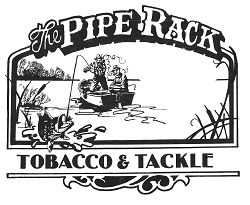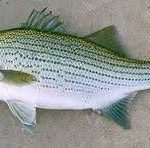Hybrid striped bass:
A cross between white bass and striped bass, and pound-for-pound, one of the hardest fighting fish swimming in Ohio’s waters today. Currently, the Ohio Division of Wildlife is stocking Buckeye, Charles Mill, Dillon, East Fork, Griggs, Kiser and O’Shaughnessy lakes and the Ohio River. Hybrid striped bass can grow considerably larger than a white bass and are more tolerant of Ohio’s warm water than striped bass.
Tips:
Use cast nets to catch gizzard shad for bait.
Hybrid striped bass hooking mortality increases greatly when water temperatures exceed 70 degrees Fahrenheit. Increase survival on released fish by landing fish quickly, reducing handling time, keeping fish in the water as hook is removed and cutting the line on deeply-hooked fish. Try using a circle hook if using live bait.
If you plan on keeping some hybrid stripers, place them on ice to maintain flavor and firmness of their flesh. Remove all the dark reddish meat from the centerline of the fillets to reduce the strong, fishy taste of larger fish.
Tackle:
A long bait-casting or spinning rod (6 to 8 feet) outfit with some flex (medium to medium-heavy action) helps absorb the shock of a hybrid’s hard, initial strike and keeps the hooks from pulling out of the fish’s mouth. Reels should be spooled with 10- to 14-pound abrasion-resistant monofilament. The heavier lines should be used for river hybrid striped bass. Be sure to have your fishing rod firmly in your hand or hooked into the boat.
Season:
Fall (mid-September-November)
Presentation:
Cast spoons into schools of bait fish, troll shad-type crankbaits, cast flashy metal lures onto flats, or bottom fish cut bait or chicken livers. As water cools, fish will move shallower.
Location:
Try creek mouths up to headwaters or lowhead dams, and below dams in tailwaters of lakes and rivers. Watch for fish breaking the surface chasing shad.





